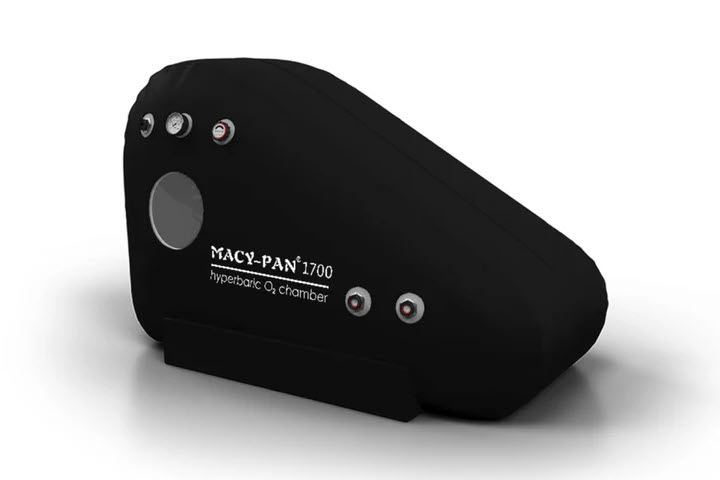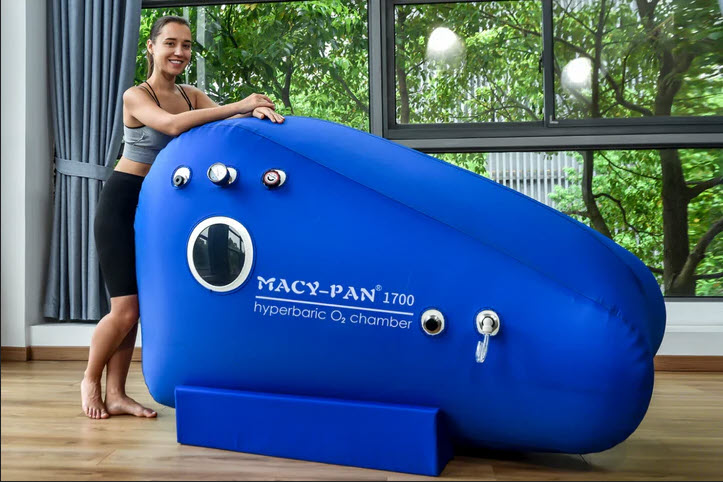Hyperbaric chambers have gained recognition for their therapeutic benefits, especially in medical treatments that require enhanced oxygen delivery. However, it is important to ask, “Can you get too much oxygen in a hyperbaric chamber?” In this article, we will explore the purpose of hyperbaric oxygen therapy (HBOT), its benefits, and the potential risks of excessive oxygen exposure.
What is a Hyperbaric Chamber?
A hyperbaric chamber is a specialized medical device that allows people to breathe pure oxygen in a pressurized environment. This setup promotes the effective dissolution of oxygen in the blood plasma, enhancing oxygen delivery to tissues throughout the body.

Benefits of Hyperbaric Oxygen Therapy
HBOT is used to treat various conditions due to its ability to:
- Promote Healing: By increasing oxygen levels in the blood, HBOT accelerates wound healing and reduces inflammation.
- Fight Infection: Enhanced oxygen levels can boost the effectiveness of white blood cells in combating infections.
- Improve Blood Flow: HBOT stimulates the growth of new blood vessels, improving circulation to damaged tissues.
- Detoxify the Body: HBOT is particularly effective in treating carbon monoxide poisoning by quickly displacing carbon monoxide from the blood.
Can You Get Too Much Oxygen?
While hyperbaric oxygen therapy is beneficial, it is important to understand that too much oxygen can pose risks. This condition is known as oxygen toxicity.
Understanding Oxygen Toxicity
Oxygen toxicity occurs when the oxygen levels in the body are too high, potentially causing damage to the lungs, central nervous system, and other organs. It can manifest in two main forms:
- Pulmonary Oxygen Toxicity: This affects the lungs and can result from prolonged exposure to high oxygen levels. Symptoms include chest pain, coughing, and difficulty breathing.
- Central Nervous System (CNS) Oxygen Toxicity: This occurs with high-pressure oxygen exposure and can cause symptoms such as dizziness, nausea, visual disturbances, and, in severe cases, seizures.
Factors Contributing to Oxygen Toxicity
Several factors influence the likelihood of experiencing oxygen toxicity during HBOT:
- Pressure Levels: The higher the pressure in the hyperbaric chamber, the greater the risk of oxygen toxicity.
- Duration of Exposure: Longer sessions increase the risk. HBOT is typically administered in controlled sessions to minimize this risk.
- Individual Susceptibility: Some people may be more prone to oxygen toxicity due to their health conditions or genetic factors.
Preventing Oxygen Toxicity
To ensure safety during hyperbaric oxygen therapy, several precautions are taken:
- Controlled Sessions: HBOT sessions are carefully timed and monitored to avoid prolonged exposure to high oxygen levels.
- Gradual Pressure Adjustments: The pressure inside the chamber is gradually increased and decreased to prevent sudden changes that could cause harm.
- Monitoring: Patients are closely monitored for any signs of oxygen toxicity. If symptoms occur, the session is adjusted or stopped as necessary.
- Individual Assessment: Before starting HBOT, patients undergo a thorough assessment to determine their suitability and any potential risks.
ConclusionWhile hyperbaric oxygen therapy offers numerous health benefits, it is essential to be aware of the risks associated with excessive oxygen exposure. Oxygen toxicity can occur, but with proper precautions, the risks can be minimized. If you are considering HBOT or want to learn more about its safety and benefits, visit our homepage at Hyperbaric Chambers. Explore our range of services and get expert advice to ensure the best outcomes for your health and well-being.


Recent Comments